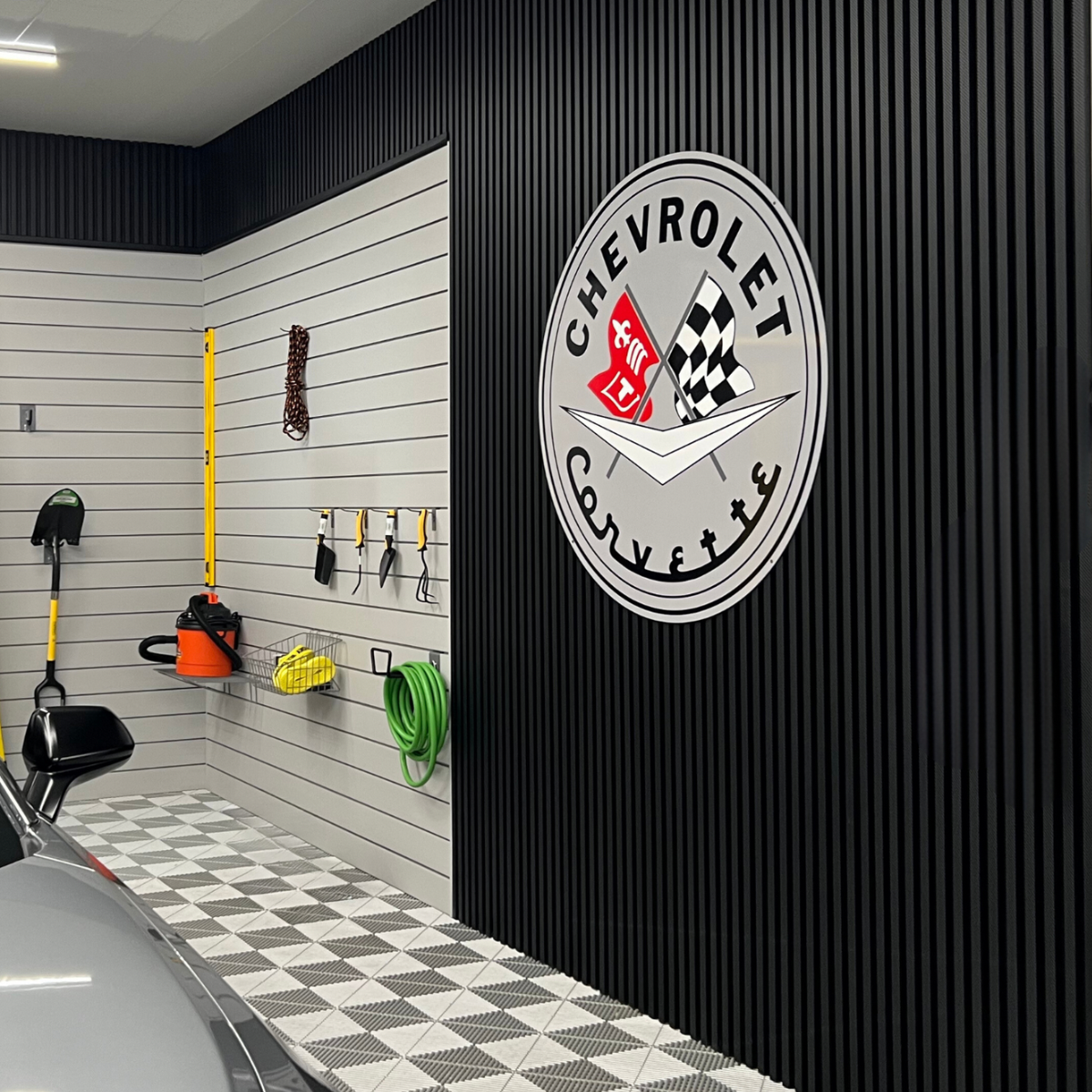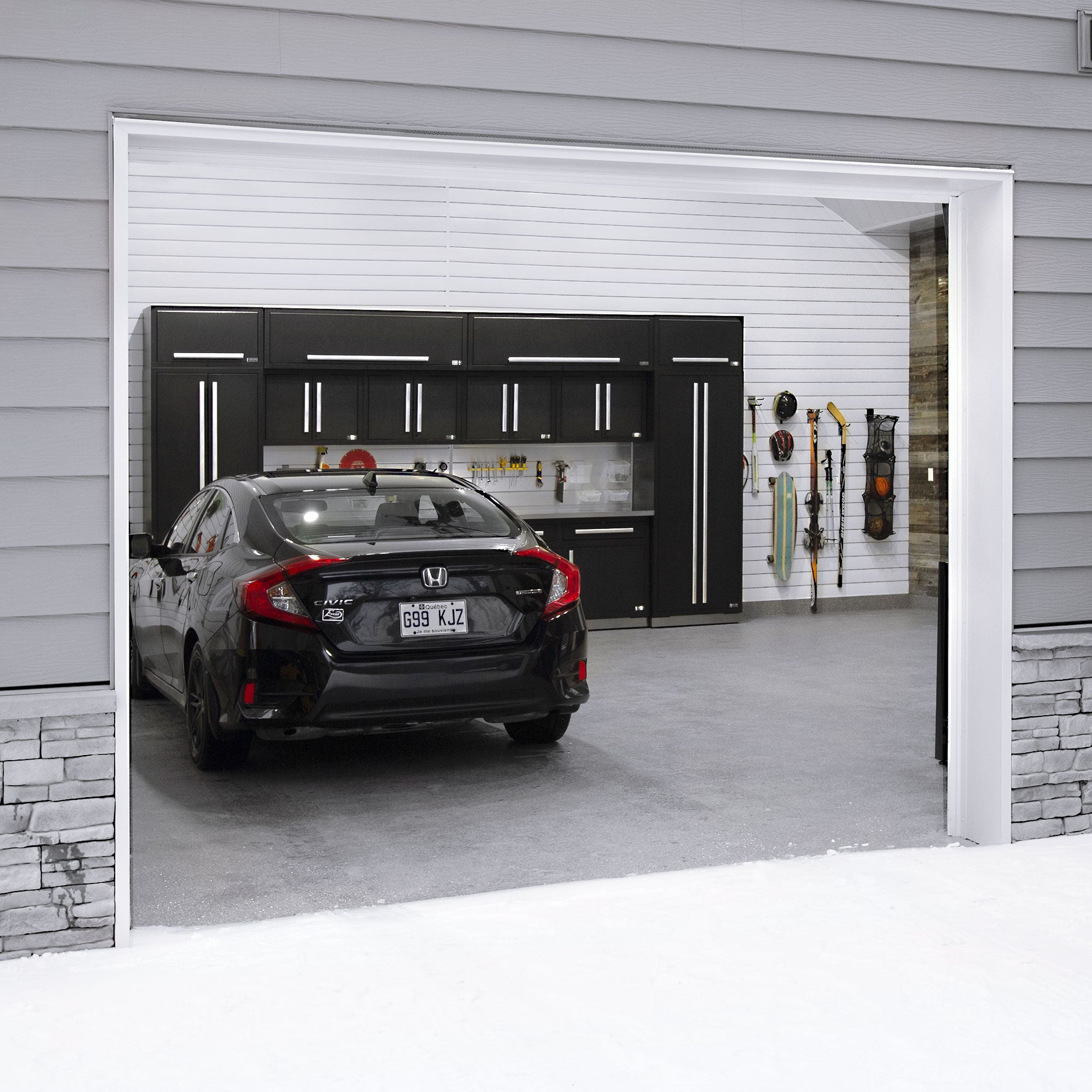The kayak, created by the Inuit over 4,000 years ago, was originally made from wooden frames covered in sealskin. They were primarily used for hunting and, when not in use, rested comfortably pulled up on the shore. It wasn’t until the mid 1800s kayaks began showing up in Europe and began a new life intended for sport. In the 1936 Berlin Olympics, kayaking was introduced as a competitive sport. In the early 1970s, kayaks moved into the mainstream and never looked back. Today there are many different kayaks designed for sea and touring use, whitewater or river, racing, surfing, fishing and the one you may be most familiar with, the recreational kayak.
Kayaks are now manufactured using a variety of material, dimensions fluctuate based on their purpose, and weight and cockpits are also varied. It is easy to understand why different kayaks have different storage needs, so if you are buying your own kayak it is important to know how to store it if you are to maintain its performance. For the purpose of this blog, we are considering the recreational kayak – the one that many of the outdoor enthusiasts tie on top of their car as they head to the water when their work week is over.
Kayaks are one of those bulky storage items that you need to figure out how to store in your own situation. They take up a lot of room and they are best kept indoors for protection from the sun. The heat may warp and fade the surface. If your plan is to use your garage for kayak storage, choose a place that is in a dark area away from any direct heat source. You have three choices for kayak garage storage:
1. On the Ground
Not considered the best option if you have children running in and out of the garage or if you park your car or outside equipment inside. Dampness and water will harm your kayak. Choose a level surface so the kayak can balance evenly with a wall behind to lean against. If you store it horizontally, place it on its side with the cockpit facing out, flip it onto its other side once a month. If vertical, keep it at a slight angle. The stern should be touching the ground and bow toward the ceiling. Padding underneath will protect it and help to keep the kayak in place. Support pegs on the both edges are a good idea.
2. On a Wall
Kayak wall storage is a better choice if you can place it high enough that car doors or people won’t bump into it. Do not hang your kayak from drywall or plywood, choose instead a sturdy surface that will support the weight of your kayak. Heavy-duty brackets need to be made from high-grade steel, covered with rubber cushion and feature a locking mechanisms for safety. Place the kayak on top of the brackets ensuring it is properly balanced. Make sure the brackets are equal distance from each end of the kayak, just outside of the cockpit. You may need to adjust the brackets so that the kayak is completely level and not tilting towards one side or the other.
3. From the Ceiling
Overhead or ceiling storage is considered the best choice for safety and security since there is no lifting overhead and no need for unreliable step ladders. Whether you choose to place your kayak on a rack or hang it from a sling, it should be in a dark place and out of the way until you need it. Your choices are a motorized lift or a manual hoist system and both offer you the convenience of being able to load from the floor and lift high above. You want to be sure that whichever system you choose has the correct weight capacity for your kayak, is easy to install, allows a single person to raise and lower objects, and features a solid locking mechanism to prevent accidental release.
When the sun is up, the breeze is wafting and the water is waiting, immerse yourself in the joy of kayaking. Don’t let the stress of what to do about kayak storage when you get home interrupt the pleasures of the day.






Leave a comment
This site is protected by hCaptcha and the hCaptcha Privacy Policy and Terms of Service apply.